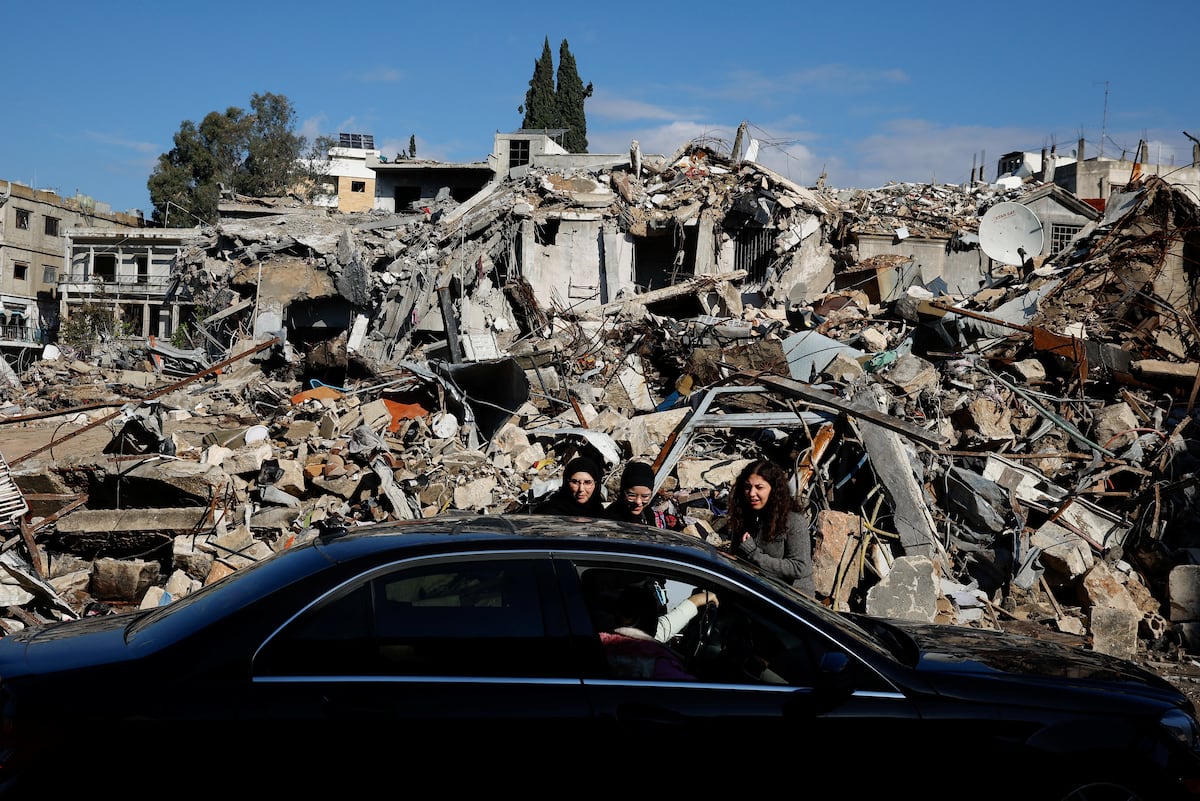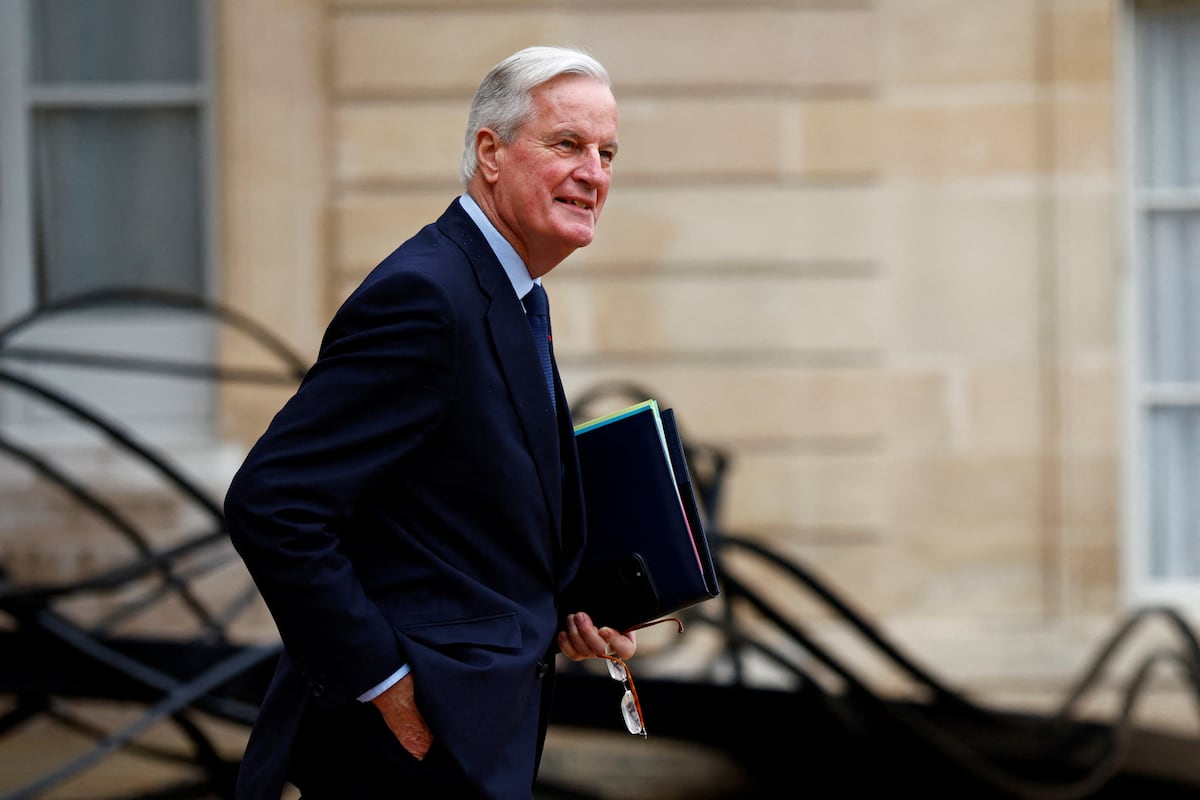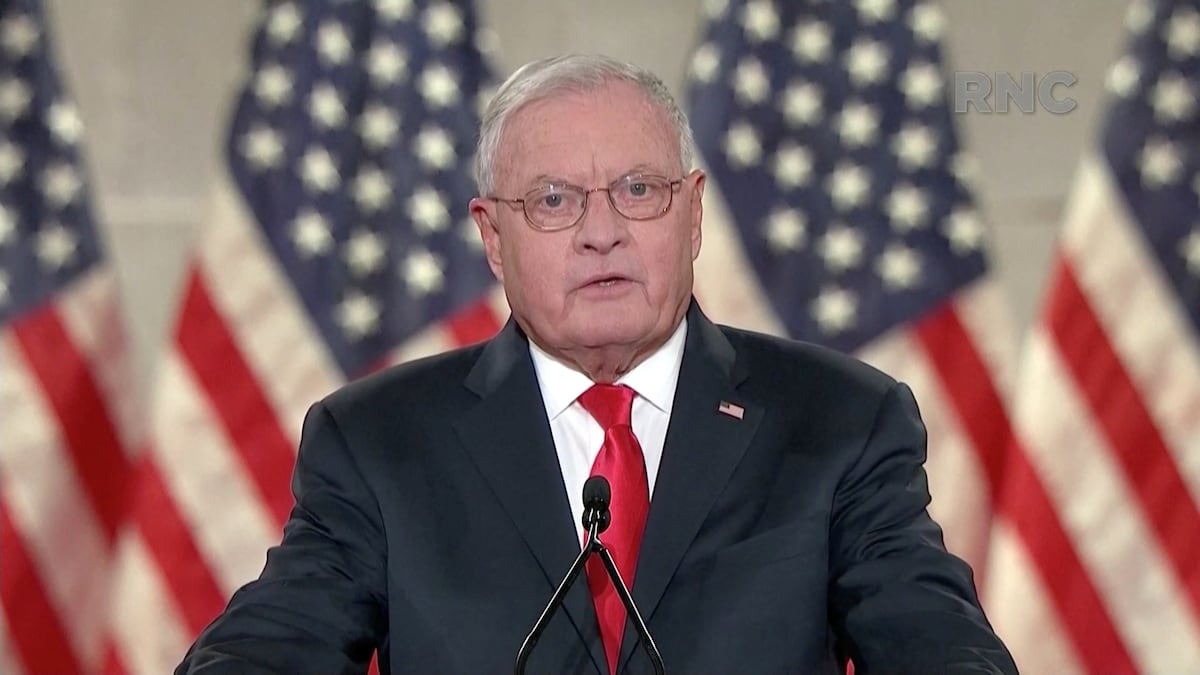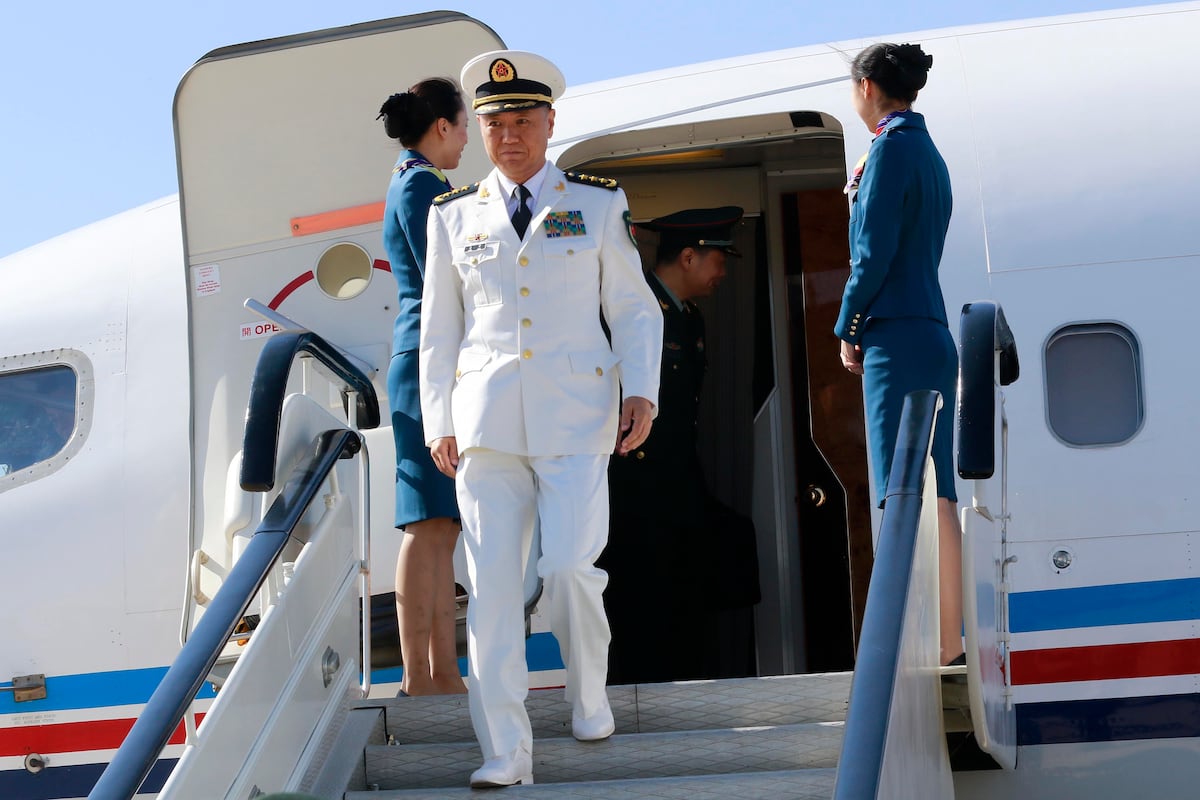One thing is the Israeli military orders and another is the reality of the Lebanese eager to return to their homes after two and a half months displaced by the war. The Israeli Army spokesperson released a map this Thursday with an area of southern Lebanon marked in red, warning the population that they “put themselves in danger” if they enter. The ban, until further notice, includes ten towns, such as Marjayún, eight kilometers from the border and where the artillery shots that Israel has launched for the first time in the truce could be heard, and the fighter jets and drones flying overhead. There were hardly any vehicles circulating during the day. Even less so when the sun goes down: for the second day, the Israeli army has imposed a sort of curfew between 5:00 p.m. and 7:00 a.m. along the entire strip between the border and the Litani River. It is only the second day of the ceasefire and its fragility has already become evident, with Israel, on the one hand, and Lebanon and Hezbollah, on the other, accusing each other during the day of violating it. Israeli Prime Minister Benjamin Netanyahu has raised the tone with the announcement that he has ordered the army to prepare for an “intense war” in the event of a “massive violation of the agreement.”
Since dawn, the road that leads to southern Lebanon parallel to the Mediterranean has become an anthill of cars. There have been more than the day before, when some still had doubts about the seriousness of the end of the confrontations. The mood was one of joy, with smiling families. Several of the vehicles were topped with mattresses, with trunks and back seats filled with bags. A few played music praising “the resistance” (Hezbollah) or waved yellow flags of the Shiite party-militia.
Some intended to return, since the day before, when the ceasefire between Israel and Lebanon came into force, to the ten towns marked on the Israeli military map. Thousands of the more than one million displaced by the war live there, so the first tensions have not been long in coming and Israel and Hezbollah have accused each other from the first hour of violating the terms of the ceasefire negotiated by the United States and France.
The agreement prohibits both “offensive military operations” in Lebanon and Hezbollah’s attempts to reconstitute itself. Israeli military spokesman Avichay Adraee assured that they opened fire on “several suspects” who “were traveling in vehicles, and arrived in areas of southern Lebanon.” The Lebanese Army, which did not participate in the conflict, has denounced “several Israeli violations” of the ceasefire in areas such as Markaba, Khiam, Taibe and the agricultural plains around Marjayun.
In these agricultural plains, near the road from Nabatiye (now practicable, after the provisional filling of the craters caused by the Israeli bombings to prevent the arrival of reinforcements to Hezbollah), four Syrian laborers are trimming the olive trees for the first time in two months and half. His story is full of misfortunes. They fled from the bombings and the shelter schools prevented them from entering because they were not Lebanese, so they ended up sleeping in the not very safe Becá Valley “under olive trees, in the cold and the rain” and without money to feed themselves. “We lived thanks to some people who saw the children, took pity on us and gave us something,” says one of them, Mohammed Al Ahmad, 40 years old and with eight children.
That’s why they returned as soon as the truce ended and they are already working, because the olive harvesting season is ending and they need between 20 and 22 dollars (between 19 and 21 euros) of daily wages like water in May. “It’s very little in such an expensive country, but right now I’ll take whatever it takes,” adds Abd El Wahab Jleit, 23, at his side. As if it were a joke, just then the fall of artillery shells in the Khiam area, on the other side of the valley, sounds in the background. “What I have is not fear, it is children to feed,” Al Ahmad reacts.
Israeli troops have opened fire on a Christian village they had barely attacked before, Rmeish, and launched an unusual drone shot dozens of kilometers further north, beyond the Litani River, in response to what they define as violations of the ceasefire. fire by Hezbollah. Hasan Fadlalá, deputy of the Shiite party, sees it just the opposite: attacks “against those who return to the border villages” prohibited by the agreement. Israeli soldiers firing shots into the air as a warning when they see people approaching their positions have occurred since Tuesday. The army arrested four, which it initially linked to Hezbollah, and later relativized it.
On social networks you can see videos that were unthinkable just 72 hours ago, such as a neighbor recording himself with his cell phone next to a tank, which moves the cannon in its direction without opening fire. In others you can see people removing the flags that had been placed by Israeli soldiers, who penetrated a maximum of five kilometers into Lebanese territory.
During the first day of the truce, the incidents on the border were minor, with no projectiles launched against Israel. An alert in Arab el Aramshe (a Bedouin village in Israel a stone’s throw from the border that had suffered the launch of numerous drones and anti-tank projectiles by Hezbollah since October 2023) turned out to be a false alarm.
This Thursday’s incidents continue to be specific, but they are more serious. In particular, the bombing in Baysariya, near the city of Saida and halfway between Beirut and the border. The army defined the target as a Hezbollah facility. The agreement stipulates that unauthorized military (i.e., militia) installations must be dismantled, but does not mention those north of the river, like this one.
Israeli leaders have been issuing threats throughout the day. The Minister of Defense, Israel Katz, has stressed that they are responding “firmly” to any violation and that they will not allow a return to the “previous reality”, so that their evacuees obtain the “sense of security” necessary to return to their homes. The Chief of the General Staff, Herzi Halevi, has said that they will ensure “with fire” compliance with the terms of the truce.
Israeli soldiers remain present in the area, with the prospect of gradually withdrawing in 60 days, giving way to the Lebanese army. Where the former are not, the latter can be seen, guarding the entrances with stones and Czech hedgehogs. Their presence, with vehicles or on foot, is visibly greater than usual. In nearby Qalaia (one of the Christian villages in which Hezbollah is perceived as the true enemy of the country), residents this Wednesday stopped a unit that was heading towards the Marjayún barracks to receive it by throwing rice and flowers.
At the checkpoint that marks the crossing of the Litani River, the Unifil position (the blue helmet mission led by the Spanish Aroldo Lázaro) was still empty, due to security protocols, but the Lebanese soldiers carefully controlled the passage and demanded the documents . The Armed Forces must deploy 10,000 soldiers during these two months. In a first phase, it will refer nearly 6,000 (currently deployed in other parts of the country) to be stationed in areas without the presence of Israeli troops, further north of the border. The Lebanese army already has almost 4,500 soldiers in the south, who will concentrate in the points with the most explosive potential. His role will be to ensure that Hezbollah has no militiamen, weapons, or missile manufacturing capacity south of the Litani, about 30 kilometers from the border. From now on, it will not only be monitored by Unifil, but also by a monitoring committee chaired by the United States. Israel demanded its creation in the ceasefire agreement.






